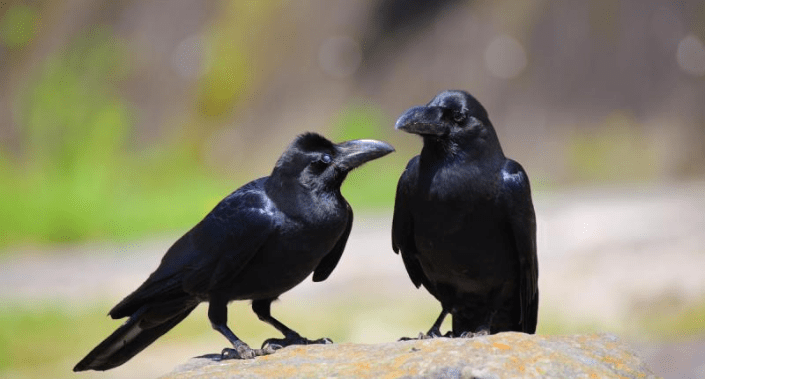Crows vanishing from Himachal towns after sparrows amid rapid urbanisation

SHIMLA: Himachal Pradesh is witnessing a decline in the population of domestic crows, with these once-common birds now virtually absent from urban areas. The phenomenon, which has become particularly noticeable during the ongoing Pitru Paksha of Shradh, when crows are fed food as a ritual, has raised concerns among environmentalists and cultural observers alike. Traditionally, crows hold significant cultural, ecological and economic importance and their disappearance is seen as a worrying sign of the broader environmental challenges facing the region.
Sparrows faced similar decline
The decline follows a similar trend seen with sparrows, whose numbers have drastically dwindled over the past few decades. Once abundant in towns and cities, sparrows have nearly disappeared due to the same factors now affecting the crow population. The rapid pace of urbanisation, the widespread use of pesticides, and the increase in electromagnetic radiation from mobile towers have all contributed to the decline of both species.
Destruction of natural habitats mainly to blame
Experts point to several factors contributing to the decline of the crow population in Himachal Pradesh. Rapid urban development is the primary culprit, leading to the destruction of natural habitats that crows and sparrows rely on for nesting, hunting and feeding. The loss of these habitats has made it increasingly difficult for these birds to find suitable places to live and food to eat in urban settings.
Climate changes another major factor
Changes in climate patterns and extreme weather events are also playing a role in altering the behaviour and survival rates of crows and sparrows alike. The increased frequency and intensity of such events are disrupting the delicate balance of the ecosystem, making it harder for these birds to thrive. Additionally, the proliferation of mobile towers and the resultant electromagnetic radiation are believed to be adversely affecting the reproductive capacity of birds, further contributing to their dwindling numbers.
Also Read: https://thenewzradar.com/himachal-cabinet-meeting-today-discussion-likely-on-mosque-dispute-street-vendors-fiscal-crisis/
One of the most immediate impacts of urbanisation on crows is the reduction in available food sources. With modern waste management practices and a decrease in organic waste, crows have fewer opportunities to scavenge in cities.
This scarcity has driven them to agricultural fields, where they are forced to consume insects and grains. However, these new food sources often contain harmful pesticides, leading to poisoning and subsequent deaths among the crow population.
Sparrows, too, have suffered from the widespread use of chemical fertilisers and pesticides, which have decimated their food supply and nesting sites.




